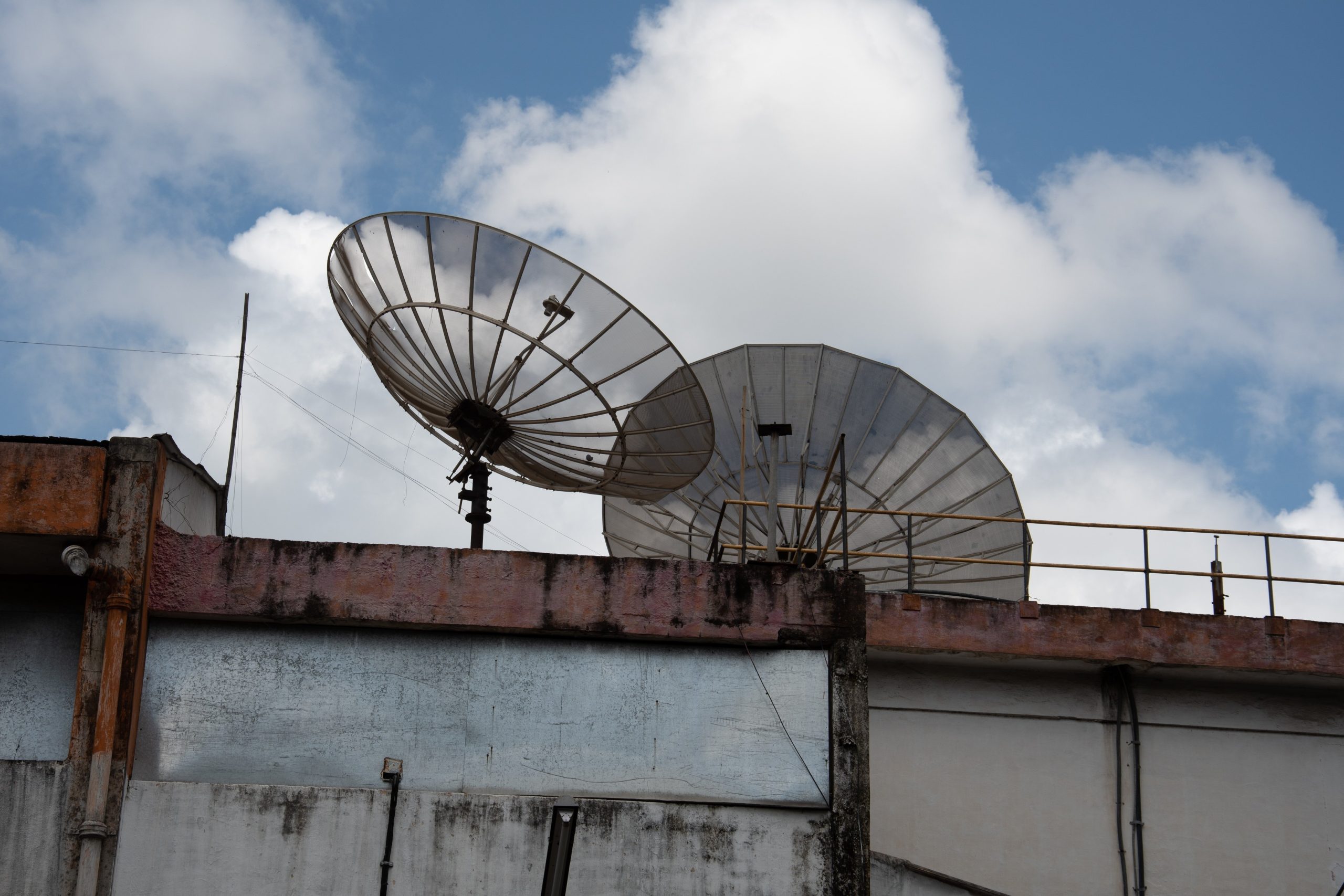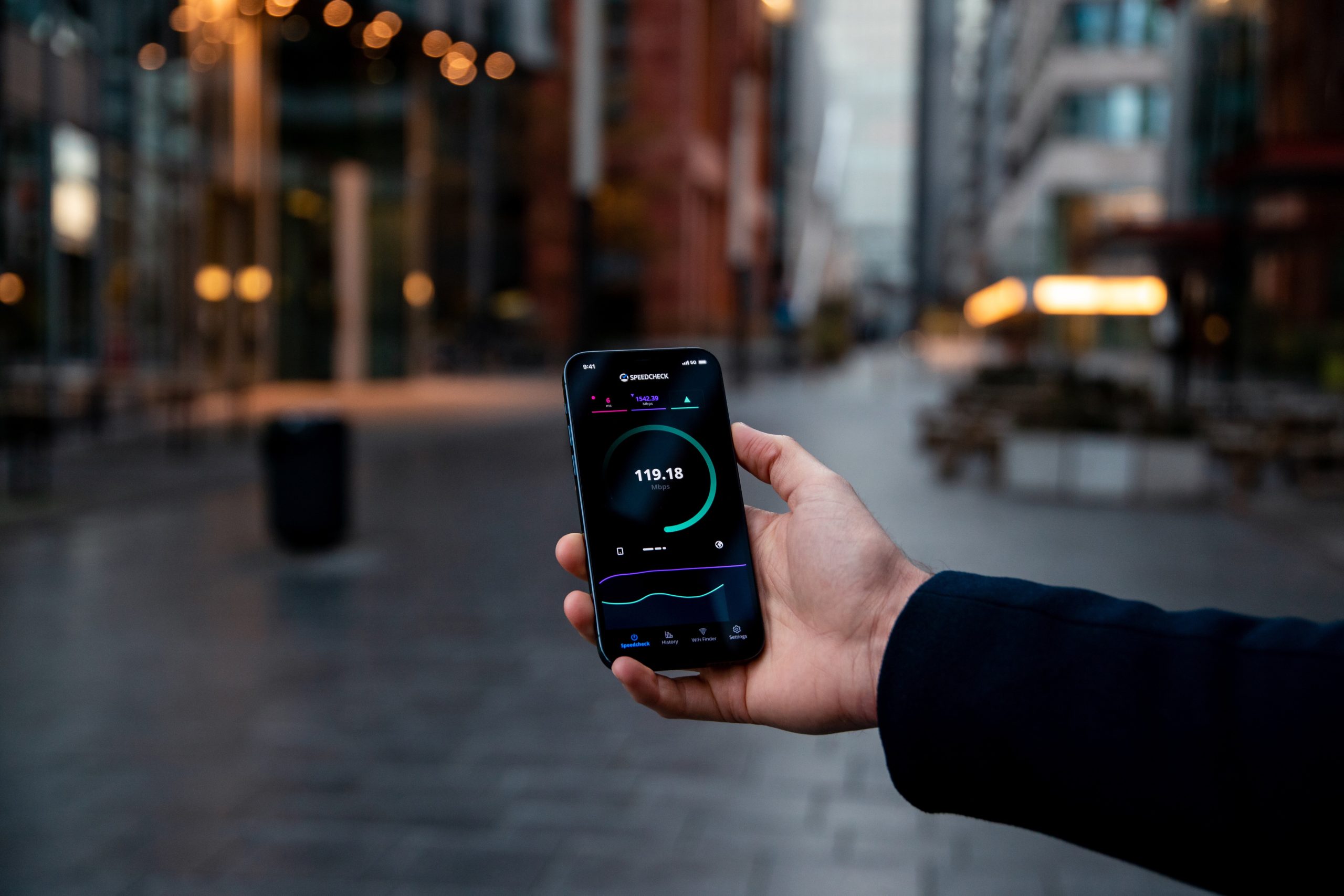The world of healthcare is about to get a major upgrade thanks to the arrival of 5G technology. With its lightning-fast speed, low latency, and massive data capacity, 5G is set to revolutionize the way we access medical services in the United States. From remote surgeries to real-time health monitoring, this next-generation network will enable patients and doctors alike to operate on an entirely new level. In this blog post, we’ll explore how 5G will transform healthcare delivery in the US and what it means for the future of medicine. Get ready for a glimpse into a faster, smarter healthcare system that’s just around the corner!
What is 5G?
The deployment of 5G will create a huge shift in the way we think about and use wireless networks. Its high speeds, low latency, and enhanced capacity will enable new applications and use cases that weren’t possible before. For healthcare, this means that 5G can be used to support new services such as remote patient monitoring, telemedicine, and augmented reality.
5G will also have a big impact on the way medical devices are designed and used. With its high bandwidth and low latency, 5G will enable real-time data transfer between devices, which is essential for many medical applications. In addition, 5G’s enhanced capacity will allow for more devices to be connected to the network at the same time. This is important for hospitals, where there are often hundreds of different devices in use at any given time.
The deployment of 5G will also bring about changes in the way healthcare is delivered. For example, patients will be able to receive care from their homes instead of having to travel to a hospital or clinic. And with the help of augmented reality, doctors will be able to provide remote assistance to patients in other locations.
Overall, 5G has the potential to transform healthcare delivery in the United States by enabling new services, improving medical device design, and changing the way care is delivered.
How 5G Will Impact Healthcare Delivery in the United States
It’s been called the “Fourth Industrial Revolution,” and 5G technology is expected to bring about a fundamental change in how we live, work and communicate. So it’s no surprise that healthcare delivery will be impacted by the rollout of 5G.
In the United States, 5G is expected to have a significant impact on the delivery of healthcare services. Here are five ways that 5G will impact healthcare delivery in the United States:
1. Increased Access to Telemedicine
5G will enable more widespread access to telemedicine services. With faster speeds and lower latency, 5G will make it possible for doctors to consult with patients in real-time, regardless of location. This will increase access to care for rural and underserved populations.
2. Improved Patient Engagement
5G will also allow for more engaging patient experiences. Patients will be able to use augmented reality (AR) and virtual reality (VR) technologies to view their health data and consult with their care team from anywhere. This enhanced level of engagement is expected to improve patient outcomes.
3. More Efficient Clinical Trials
The speed and reliability of 5G networks will enable more efficient clinical trials. Researchers will be able to collect data quickly and accurately, which will lead to faster development of new treatments and therapies.
4. Enhanced Connected Care Devices
With 5G, connected care devices such as wearables,
The Benefits of 5G for Healthcare providers
The benefits of 5G for healthcare providers are many and varied. Perhaps the most significant is the ability to provide remote care to patients who live in rural areas or who are unable to travel to see a doctor in person. With 5G, doctors can consult with patients via video chat, email, and text messaging, and can even conduct virtual appointments. This type of care is not only convenient for patients, but it can also save lives by providing access to care that would otherwise be unavailable.
In addition to providing remote care, 5G can also help healthcare providers improve the efficiency of their operations. For example, 5G can be used to connect medical devices wirelessly, which can reduce the need for expensive and time-consuming wiring projects. Furthermore, 5G can be used to create virtual reality simulations of procedures, which can help train surgeons and other medical professionals without putting patients at risk.
Finally, 5G can help healthcare providers reduce their costs by enabling them to take advantage of cloud-based applications and services. By storing data and applications in the cloud, healthcare providers can avoid the need to invest in on-premises infrastructure. Additionally, cloud-based services are often more affordable than traditional on-premises solutions.
The Challenges of Implementing 5G in Healthcare
The deployment of 5G will present a number of challenges for healthcare organizations in the United States. Perhaps the most significant challenge will be the need to upgrade existing infrastructure to support 5G technology. Healthcare organizations will also need to invest in new equipment and training for staff to use 5G-enabled devices and applications.
Another significant challenge will be ensuring that patient data is secure when using 5G technology. This is especially important given the recent increase in cyberattacks on healthcare organizations. Healthcare organizations will need to work with their IT departments to ensure that proper security measures are in place before deploying 5G.
Finally, another challenge that healthcare organizations will face is the cost of implementing 5G. While the long-term benefits of 5G are clear, the upfront costs can be prohibitive for many healthcare organizations. As such, it will be important for healthcare leaders to work with their financial teams to ensure that they have the necessary resources to deploy 5G successfully.
How 5G Will Change the Future of Healthcare Delivery in the United States
It’s estimated that by 2025, 5G will connect over one billion devices and objects around the world. This next-generation wireless technology will provide high-speed, low-latency connectivity that will enable a wide range of new applications and services.
Healthcare is one sector that stands to benefit greatly from the deployment of 5G. By enabling real-time data collection and analysis, 5G will help to improve the efficiency of healthcare delivery and allow for more personalized and preventive care.
In the United States, the deployment of 5G will be a major step forward in addressing the challenges facing the healthcare system. With an aging population and rising costs, the need for efficient and effective healthcare delivery is more pressing than ever.
5G will enable a new era of connected health, where patients are actively engaged in their own care. Through the use of wearable devices and other sensors, patients will be able to track their own health data and share it with their care providers in real time. This information can then be used to make more informed decisions about treatment and prevention.
The deployment of 5G will also create opportunities for remote patient monitoring, which can help to reduce hospitalizations and readmissions. By allowing patients to be monitored remotely, resources can be better utilized and care can be delivered in a more cost-effective manner.
In addition, 5G will enable new models of care delivery such as virtual reality (VR) surgery consultationand remote robotic
Conclusion
The transition to 5G technology is an exciting step forward in healthcare delivery. With the increased speed and coverage of 5G, we can expect improved patient outcomes through faster diagnoses and treatments as well as more efficient communication between health care providers. Furthermore, this new technology will open up greater opportunities for telemedicine services that are accessible to all Americans regardless of geography or socio-economic status. Ultimately, the potential benefits from this transformation should result in better access to quality healthcare for more people across the United States.










